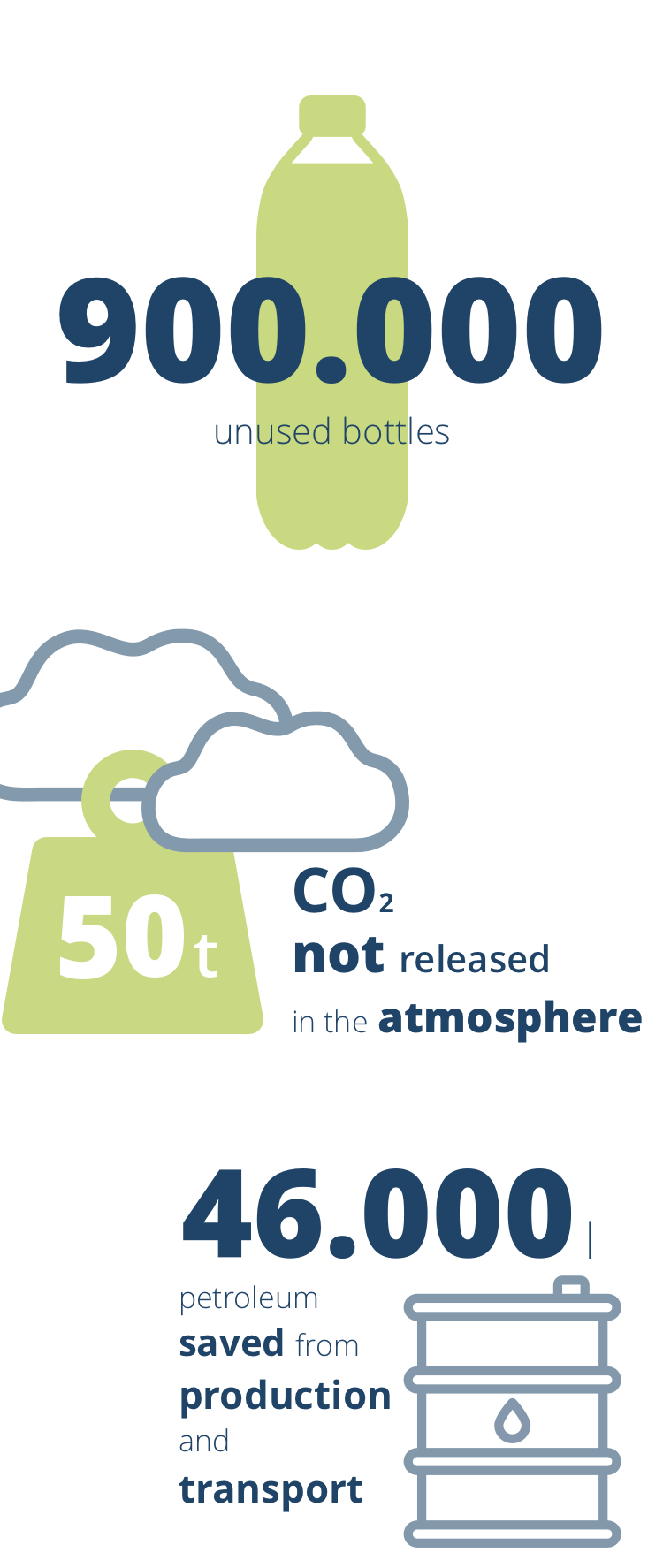You’re smart if you...
install an intelligent irrigation
system in your garden.
How it works?
Intelligent irrigation systems take into account weather forecasts, soil moisture, and the amount of water a given type of plant needs.
These types of systems can reduce water usage by between 50% to 70% depending on the irrigation method (sprinkling, sub-irrigation, micro-irrigation) and on the substrate. Through an app the user has the opportunity to monitor their consumption.
How it works?
Intelligent irrigation systems take into account weather forecasts, soil moisture, and the amount of water a given type of plant needs.
These types of systems can reduce water usage by between 50% to 70% depending on the irrigation method (sprinkling, sub-irrigation, micro-irrigation) and on the substrate. Through an app the user has the opportunity to monitor their consumption.

The Quartiere Giardino in Milan


Urban gardens are one of the many smart solutions incorporated into the "Quartiere Giardino: vivere smart" project in Cesano Boscone (MI). The community includes 250m2 of gardens for residents with a potential capacity to produce about 500 kg of vegetables each year.
A single intelligent irrigation system has been installed reducing water consumption by up to 60%.

Your city is smart if...
has a “water house”. Drinking water dispensers that allow you to reduce the use of plastic bottles, to save money, and the consumption of natural resources.
How it works?
The Water House is a service offered to the citizens by companies that manage the local water resources.
The distribution points are connected to the water mains and supply drinking water treated with filters and an UV disinfection system. Also, the water quality is constantly monitored.
Generally, natural water is supplied free of charge and sparkling water for a fee, at room temperature or refrigerated.

Water houses in Milan


The city of Milan has decided to install 18 water houses within the metropolitan area. The Milano Blu company has measured that they distribute on average 2,500 liters of water a day.
The use of water houses has prevented the production and disposal of 20 tons of polyethylene terephthalate (PET) in one year. In addition, families that use water houses instead of buying bottled water can benefit from significant financial savings. Today in Italy more than 500 water houses have been installed throughout the country.
sources: Casa dell’Acqua - public water, Metropolitana Milanese


